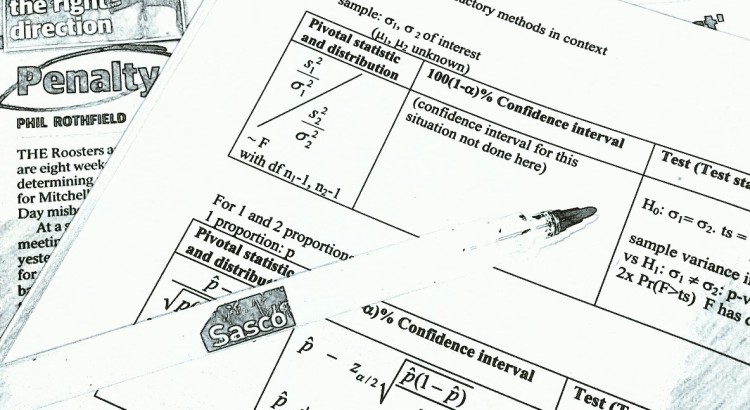Another post from guest poster Matt Dick. He explores some simple NRL betting strategies and simulates these strategies to determine if they would have (historically) resulted in profit…
So what is the simplest most profitable betting strategy? Find out below!!
Betting Sims
Matthew Dick
4/1/2016
This article is a quick look at simple betting strategy performance over the 2009-2015 season data. This is where we pick a relatively simple metric for betting eg. (Bet on all home teams, bet on the bookmaker favourite etc.)
To do this, a function in R takes the desired betting rule as a list of TRUE/FALSE and places a bet on that game. If it was a win, the bookmaker odds are paid. The function also has a parameter for a starting bank, and a fixed betting amount.
The simulation settings used were:
| Variable | Value |
|---|---|
| Starting Bank | $ 1000 |
| Fixed Bet Amount | $ 10 |
Betting Strategies
Onto the betting strategies… To keep it simple, we have looked at 7 betting strategies…
- Bet on the Home team
- Bet on the Away team
- Bet with the Bookmaker
- Bet against the Bookmaker
- Bet against the Bookmaker for the Home team
- Bet against the Bookmaker for the Away team
- Bet for a specific team (Melbourne Storm in this example)
We can have a look at how many bets this results in:
| names | bet_count | bet_ratio |
|---|---|---|
| Home Team | 1420 | 0.5000000 |
| Away Team | 1420 | 0.5000000 |
| Non-favourite playing at home | 481 | 0.1693662 |
| Non-favourite playing away | 935 | 0.3292254 |
| Bookie Favourite | 1424 | 0.5014085 |
| Bookie Non-favourite | 1416 | 0.4985915 |
| Melbourne Storm | 183 | 0.0644366 |
The Simulations
Lets run these simulated simple betting strategies, and see what it does to our initial bank of $1000.
| rule | result |
|---|---|
| Non-favourite playing at home | 109.1 |
| Melbourne Storm | -6.0 |
| Home Team | -179.3 |
| Bookie Favourite | -605.2 |
| Bookie Non-favourite | -610.8 |
| Non-favourite playing away | -719.9 |
| Away Team | -1036.7 |
Plotted results over time, the dashed line represents the initial bank amount of $1000.
Of particular interest is the outcome of betting on the bookmaker favourite, or against the bookmaker ending up within a few dollars of one another.
To put these results in context, I’ve run a coin-toss simulation, where a fair coin was used to determine who to bet on, with a 100 simulations performed over time. The aim is to present a range of possibilities where random chance is driving the betting decisions. This can provide some context for the performance of the other betting models.
This shows that at the end of 2015, had we followed either betting strategy, we would have been not much worse/better off than just letting a coin toss determine who to bet on.
Compare this to the most robust betting strategy of betting on the home team who isn’t backed as the favourite to win by the bookmakers.
It appears that very rarely would our coin-toss strategy result in the same performance. I believe this betting strategy could warrant further investigation, given the simplistic nature of its application, it could be improved with different stakes based on the odds, or other parameters to help prune out unfavourable bets. Stay tuned?
